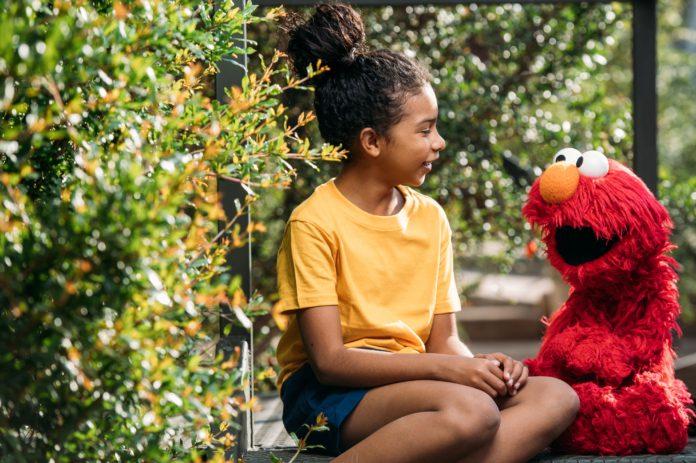Learning through play lays the foundations for lifelong learning, including the development of socio-emotional skills in young children, allowing them to learn about themselves and the world around them. Make-believe play in particular helps children use their imagination and develop their creativity. In addition, role-play can help children learn about different jobs and people in and around their community.
“One of the best parts of learning through play is that it’s possible without the use of any toys at all,” says Sesame Workshop South Africa’s Director of Education and Outreach, Mari Payne. “Many of South Africa’s children do not have access to many toys, but play is something every child can do, using their imagination along with available household items or recycled materials.”
From approximately two years of age, children already start to play using their imaginations. Around the ages of three/four to six, they start to play make-believe games with their siblings and peers. This switching of roles and coming up with stories together helps build language and communication skills, as well as skills for sharing, taking turns, and cooperating.
“Parents and caregivers can encourage imaginative play and even join in the fun, using everyday situations as fun activities to teach them about life, jobs and responsibilities,” says Payne.
Payne provides some simple examples of make-believe play below.
• House-house.
Make a “house” using a blanket and chairs, and say, “Let’s pretend to make supper!” Afterwards, you might pretend you’re getting into bed. This simple game reinforces routines in the home.
• Outer Space.
Take turns flying a rocket and walking on the moon. Ask children to look out the window of their rocket. Say, “What do you see in the sky?”. This game can help children understand the very basics of the solar system.
• Restaurant.
Work on memory skills as you take each other’s orders and brainstorm delicious recipes to cook. Ask children, “What ingredients do we need? What tools can we use to cook?” Pretend to use pots, pans, and kitchen tools to create a special meal together. This imaginative game also reinforces routines and the understanding of nutrition.
• Bath time.
Pretend to wash a doll or stuffed toy. Label the body parts you’re washing and then dry and dress the doll. Ask children what else they might do to take care of a baby and act it out. Learning about hygiene and ‘your body’ can be fun too!
Payne concludes, “playing with children not only provides opportunities to learn, but helps provide quality family time, further providing socio-emotional development.”
Takalani Sesame is designed to support children’s development through playful learning, for more ideas on make-believe play, catch Season 13 of Takalani Sesame on SABC1 at 07:00 am.












